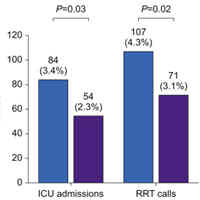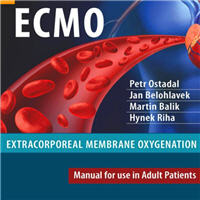Tag: oxygenation
ECMO in Adult Patients Receiving HCT
Combined advances in hematopoietic cell transplantation (HCT) and intensive care management have improved the survival of patients with hematological malignancies admitted to the intensive care unit. In cases of refractory... read more

Is It Time to Abandon Routine Mask Ventilation Before Intubation?
Mask ventilation in the period between induction and intubation has traditionally been used to confirm the ability to ventilate the patient while awaiting the onset of adequate neuromuscular blockade. However, recent studies... read more

The High-risk Surgical Patient
It is well known that certain diseases and patient conditions are associated with increased perioperative risk. The aim of this book is to define and identify the clinical factors that warrant a broader and more detailed... read more
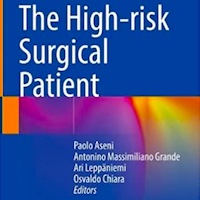
Mechanical Power: Meaning, Uses and Limitations
Ventilator-induced lung injury (VILI) carries significant attributable mortality in acute respiratory distress syndrome (ARDS). Even though all the ventilatory variables contribute to VILI, current guidelines focus almost... read more
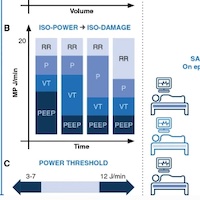
Postoperative Pulmonary Complications in the ENIGMA II Trial
Respiratory complications remain among the most common and serious adverse outcomes of major surgery. In the Australian and New Zealand Audit of Surgical Mortality, postoperative pneumonia accounted for 44% of infective... read more
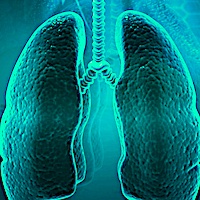
Rising Mortality in COVID-19 Patients Supported With ECMO
We aimed to describe practice patterns and outcomes in patients with extracorporeal membrane oxygenation (ECMO) support throughout the coronavirus 2019 (COVID-19) pandemic, with the hypothesis that mortality would improve... read more
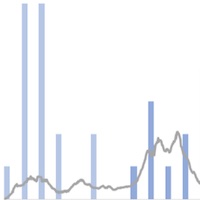
Baricitinib or Tocilizumab for Severe COVID-19 Treatment
Pharmacologic treatment of COVID-19 has continued to evolve since the onset of the pandemic, and yet many questions remain about optimal treatment. Medicine strives to provide evidence-based guidance on treatments, but... read more
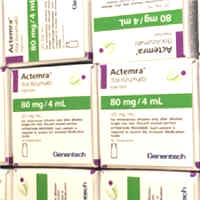
A Guide to Mechanical Circulatory Support: A Primer for Ventricular Assist Device (VAD) Clinicians
This unique book details a multidisciplinary approach for providers caring for the Mechanical Circulatory Support (MCS) patient. Authors discuss the history of MCS, patient selection, surgical and post-operative care, mobility... read more

Extracorporeal Membrane Oxygenation for Adults (Respiratory Medicine)
This new edition presents an evidence-based review of extracorporeal membrane oxygenation (ECMO) for adults, with a particular focus on veno-venous (VV) ECMO. Due to the dramatic impact of COVID-19, the number of institutions... read more
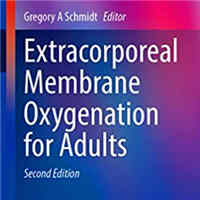
Neuromonitoring in the Neonatal ECMO Patient
Utilization of extraocorporeal membrane oxygenation (ECMO) has become increasingly widespread as a bridging therapy for neonates with severe, reversible respiratory or cardiac diseases. While significant risks remain, due... read more
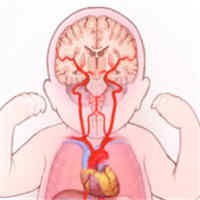
ECMO Retrieval Program Foundation
This book should represent a guideline for launching an extracorporeal membrane oxygenation (ECMO) program. It describes in detail particularities and special features of planning, setting up, developing, structuring and... read more
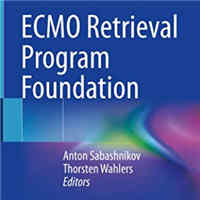
Pronation Improves Respiratory Outcomes in Neonates with Respiratory Failure
This study found that 6-hour periods of pronation (lying on the stomach) can improve gas exchange and lung function in neonates (newborn infants) with three types of respiratory failure, without causing any negative effects... read more
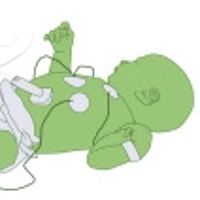
Time from Infiltrate on Chest Radiograph to VV ECMO in COVID-19 Affects Mortality
Venovenous extracorporeal membrane oxygenation (VV ECMO) has been used to treat severe coronavirus disease 2019 (COVID-19) acute respiratory distress syndrome; however, patient selection criteria have evolved throughout the... read more

Association Between Oxygen Desaturation Index and Cardiovascular Disease in Non-Sleepy SDB Subtype
In the Chinese community-dwelling population, non-sleepy sleep-disordered breathing (SDB) was highly prevalent. Oxygen desaturation index (ODI), an easily extracted indicator from a type IV sleep monitor, most strongly reflected... read more
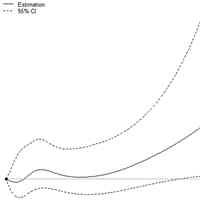
Extracorporeal Membrane Oxygenation for Adults
This new edition presents an evidence-based review of extracorporeal membrane oxygenation (ECMO) for adults, with a particular focus on veno-venous (VV) ECMO. Due to the dramatic impact of COVID-19, the number of institutions... read more

Prone Position in Mechanically Ventilated Patients
The use of prone position (PP) during invasive mechanical ventilation was first reported more than 45 years ago as a mean to improve oxygenation in patients with acute hypoxemic respiratory failure. Improved oxygenation... read more
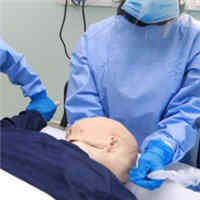
Expert Consensus on PeRcutaneous Cannulation for ECPR
We present inclusion and exclusion criteria and a comprehensive, detailed, generalizable list of best practices for extracorporeal cardiopulmonary resuscitation (ECPR) initiation following refractory out-of-hospital cardiac... read more

CRT-targeted Fluid Resuscitation vs. Lactate-targeted in Septic Shock
Capillary refill time (CRT)-targeted fluid resuscitation in septic shock was not superior to a lactate-targeted one on early fluid administration or fluid balances. However, it was associated with comparable effects on regional... read more
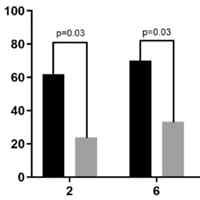
Lower vs. Higher Oxygenation Targets in ICU Patients with Severe Hypoxemia
Among adult ICU patients with severe hypoxemia, a lower oxygenation target (8 kPa) did not improve survival or HRQoL at 1 year as compared to a higher oxygenation target (12 kPa). We obtained 1‑year vital status for... read more
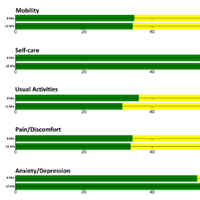
New WHO Toolkit Focuses on Severe Acute Respiratory Infection
During the early months of the pandemic, it became imperative to share best practices for the care and treatment of patients with SARS CoV-2. This new infectious agent, with potentially new pathogenesis and an unprecedented... read more

Closed-loop oxygen control improves oxygen therapy in AHRF patients under high flow nasal oxygen
Closed-loop oxygen control improves oxygen administration in patients with moderate-to-severe AHRF treated with HFNO, increasing the percentage of time in the optimal oxygenation range and decreasing the workload of healthcare... read more
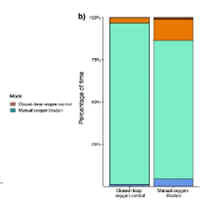
Patients Monitored Using Wearable Monitors Experienced Fewer Unplanned ICU Admissions
Implementation of continuous monitoring of patient vital signs using wearable monitoring technology linked wirelessly to hospital systems was associated with a reduction in unplanned ICU admissions and rapid response team... read more
